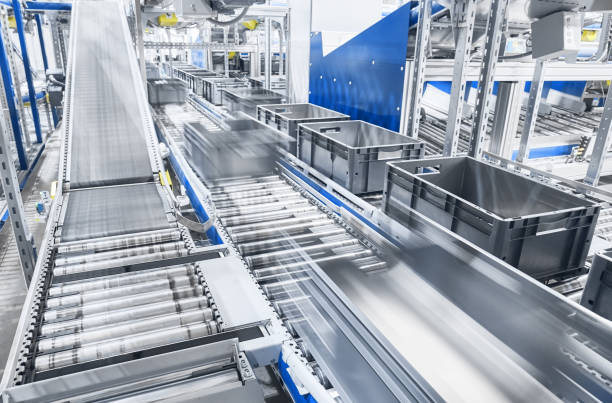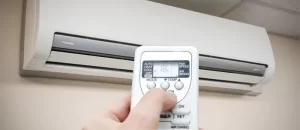A conveyor system is a system that transports and carries materials in a controlled or industrial environment. Conveyor belts can be an energy-saver and increase efficiency. Let’s look at the basics of belt conveyor and how they have stood the test.
How a conveyor belt works
Two motorized pulleys are used to create a conveyor belt. The loop along a length of durable, thick material. The belt can move between them if the motors on the pulleys work at the same speed and in the same direction.
Rollers can be used to support heavy objects or those that are bulky or very heavy.
Parts of the Conveyor Belt System
Many conveyor systems are available, but all have the same purpose: to transport materials. Some products might require a conveyor system that does not use a belt and uses only wheels or rollers for flexibility. Many conveyor systems use a frame with a belt, support rollers and a belt to transport materials and products.
Three main components are required for all conveyor systems: the aluminium profile, driving unit, and extremity unit.
The conveyor belt system’s extremity units usually include pulleys or clamping straps. Other stands or lateral guides may be required for specific functions or variations. Be sure to consider the needs of your industry when selecting these optional add-ons. The following parts and functions may be included in a new conveyor belt system:
- The frame: This framework holds all moving parts together to ensure safe and secure operation.
- The belt: This is a long, thick, durable piece of material that allows materials to be transported from one location to the next.
- Rollers are the conveyor belt support. They help the belt stay on track and maintain its movement. Rollers hold objects in place and prevent the belts from sagging.
- The driving unit: Motors can use variable or constant speed reduction gears to drive the conveyor belt. A reliable driving unit should continuously assist the belt by smooth reversing, continuous running, and constantly adjusting its direction.
- The pulleys: A conveyor belt should be able to loop around two or more strategically placed pulleys. The pulley controls the belt’s movement. It performs crucial functions like driving, turning, tensioning, and driving the belt.
- Clamping Straps: These straps can secure fixtures or work parts on various machines.
- Additional modules: Most of the additional parts can be added to strengthen the system. The belt within the system supports the belt. However, the outer framework is supported by stands and lateral guides.
You can make conveyor belting from rubber, metal, leather and plastic. To ensure that the conveyor belting material is suitable for the environment in which it will be used, consider the following.
The Conveyor Belt’s Functions
What is the typical use of a conveyor belt? A conveyor belt is designed to transport objects with minimum effort from Point A to Point B. Based on the user’s requirements, the conveyor belt’s speed, direction, curvature, and size will vary. A conveyor belt is used in some industries to transport products from one end of a production line to the other.
Belting for conveyer belts falls generally under one of two categories: light and heavyweight.
Lightweight Belting was designed to meet different material handling requirements across various industries. A lightweight belting system has fewer than 160 pounds per inch of working tension. These are the four main types of light-duty conveyor belts:
- Solid plastic
- Non-woven
- Coverage for thermoplastic
- The rubber of lightweight
The following industries are top users of lightweight Belting:
- Food processing
- Unit package handling
- Pharmaceutical
- Paper goods
Use heavyweight conveyor Belting for the most demanding applications. A heavy-duty belting system can be used for applications requiring the continuous movement of heavy, bulky materials. To withstand high temperatures, the belt is often coated in PTFE.
The following industries are top users of heavyweight Belting:
- Mining
- Manufacturing
- Waste/recycling
- Food processing at high temperatures
Uses and applications of conveyor belts
Both heavyweight and lightweight Belting can be used in various settings and industries. Conveyor belt systems can impact productivity, efficiency, and labour, no matter what type of belt you require.
Conveyor Belt Uses
There are many uses for conveyor systems, including:
- Transport large quantities of material quickly and reliably
- Stack materials at one end of a transport line
- You can streamline the process and get from Point A to point B quicker.
- You can move a product horizontally or vertically with high flexibility.
A conveyor belt system offers many benefits:
- You can reduce labour costs while simultaneously increasing productivity and time efficiency.
- Protect workers from injuries caused by heavy loads
- Transport the product safely to avoid any damage
- Transfer a product easy to another route
- This durable and long-lasting system is easy to maintain.









